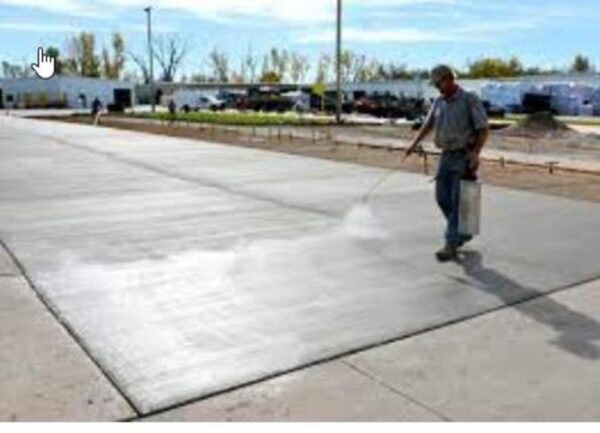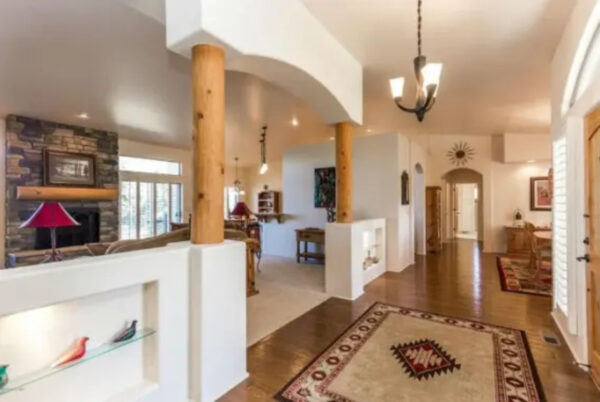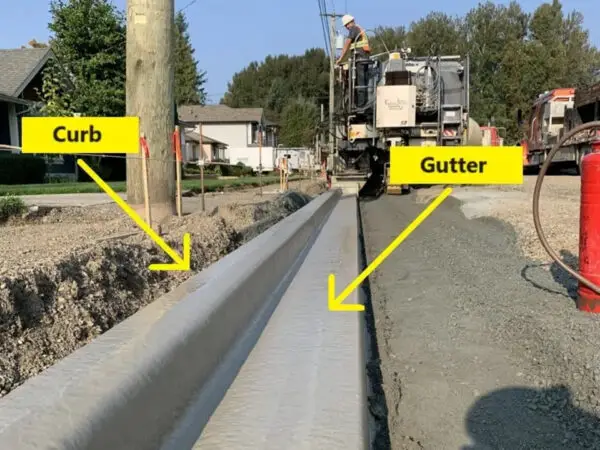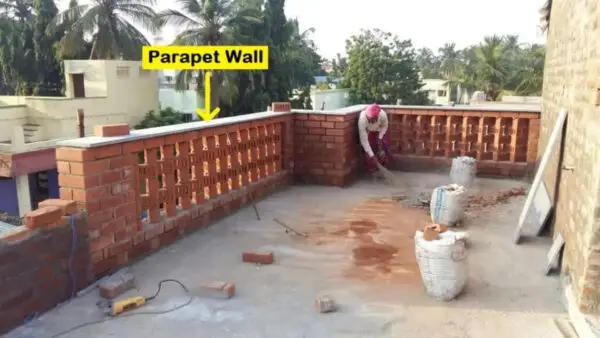Maintaining Proper Concrete Temperatures for Quality Control
Temperature is one of the most critical factors influencing freshly mixed and curing concrete properties. This comprehensive guide examines ideal temperature windows, effects of weather extremes, measurement methods, remediation strategies, hydration chemistry, and admixture solutions for successful concrete placements in any weather. What is Concrete Temperature? Concrete temperature refers to the internal thermal condition of…






